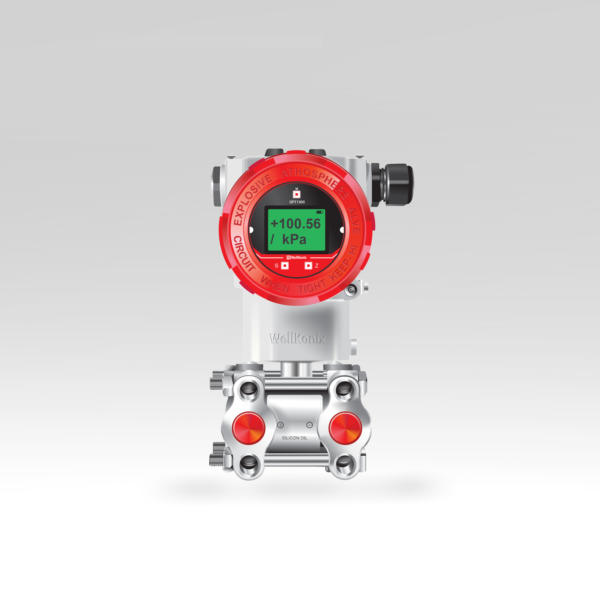PH / ORP Transmitter WXP6300
The ability of a medium to oxidise or reduce another medium is measured by its “oxidation-reduction protentional,” or ORP. When an oxidizer takes an electron from another molecule, it is said to be oxidising, and when a reducer gives an electron to another molecule, it is said to be reducing. A single mV value, which can be positive or negative, can be monitored by an PH / ORP Transmitter WXP6300 sensor to identify whether oxidation or reduction is taking place. The mV value is positive when a medium is oxidising. The mV reading will be negative when it is displaying reduction. Additionally, an ORP measurement known as “Redox” is frequently used. Reduction and oxidation are combined to form the word redox. Oxidation-reduction potential (ORP) measures the ability of a lake or river to cleanse itself or break down waste products, such as contaminants and dead plants and animals. When the ORP value is high, there is lots of oxygen present in the water. This means that bacteria that decompose dead tissue and contaminants can work more efficiently. In general, the higher the ORP value, the healthier the lake or river is.
Microbiological technology, medicines, food and drink, sugar production, chlor-alkali, mining and smelting, papermaking, paper pulp, textiles, petrochemical industry, semiconductor electronic industry, and domains like sewage treatment are among the many chemical processes that use it.Wet wells, oil tanks, sump pumps, reservoirs, electroplating facilities, paper industries, wastewater, and drinking water.

















